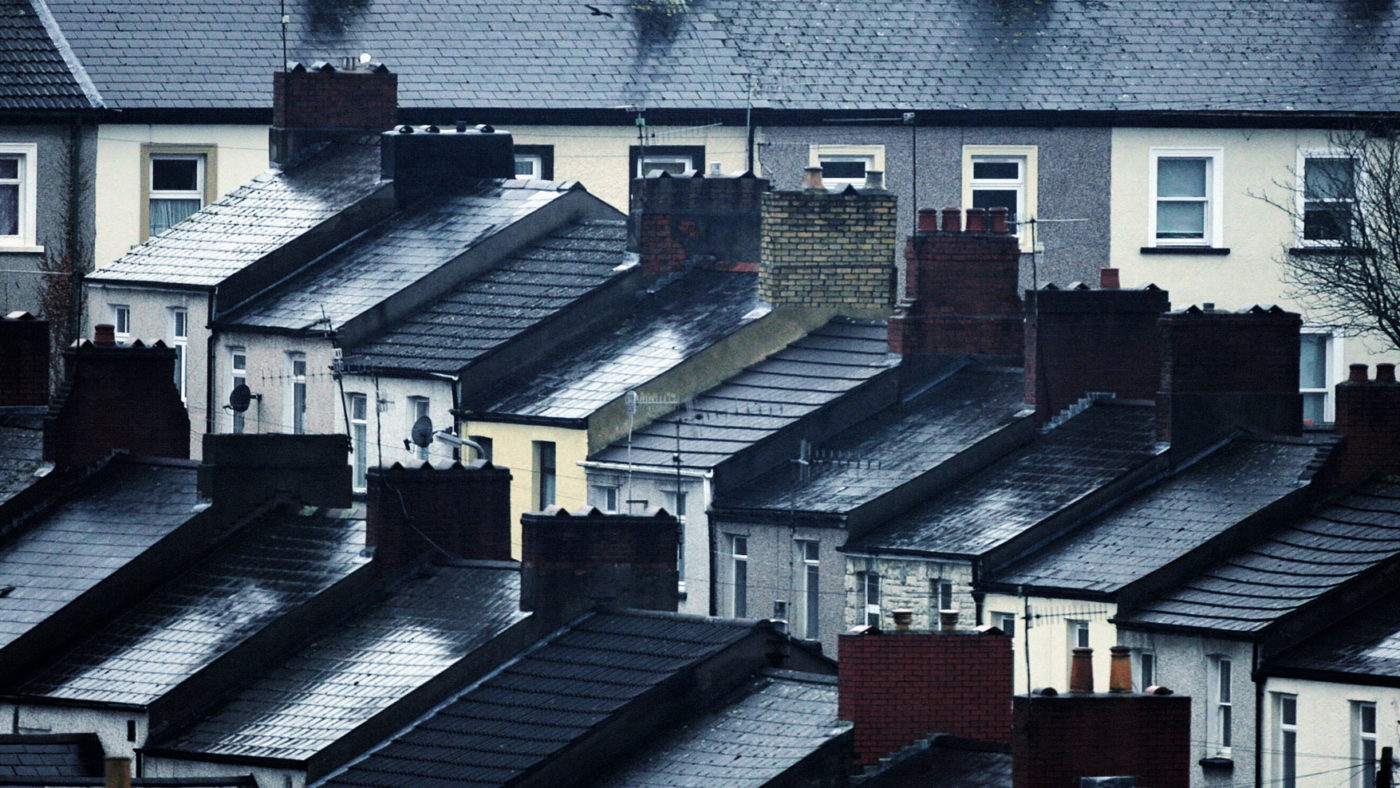There’s so much nonsense in the IPPR’s latest report On Borrowed Time, it’s hard to know where to start. It leads on an eye-catching call for the Bank of England to cap house price increases at 0 per cent for the next five years.
Rather than allowing supply to meet demand, say through liberalising the planning system, the IPPR wants to bring down house prices by capping the supply of credit to mortgage borrowers. There are two rationales behind the policy, but neither adds up.
First, they argue it will increase affordability. The logic is straightforward. Keeping prices down (a real terms fall of 10 per cent) will allow wages to catch up. It’s as seductive as it’s wrong.
Economists warn against reasoning from price changes for good reason. Prices can fall for a number of reasons. If a neighbourhood was beset by a wave of arson attacks, then almost certainly prices would fall. But housing wouldn’t have become more affordable in the neighbourhood. You would still be paying the same price, once you adjusted for safety.
Or to put it another way, capping the supply of credit won’t make houses affordable for the same reason the Great Depression didn’t increase the affordability of cars, food, and houses. Prices fell by 30 per cent but so did incomes as wages were cut and workers were laid off.
If it’s harder to get a mortgage, then the buyer is no better off. They will require larger deposits and pay higher interest rates. The policy would, in effect, be regressive. If you have a large pile of savings already and don’t need a mortgage (or only need a small one), then you’ll be able to buy the same place for less, but most of us will be worse off.
There’s also an incentive problem. If markets expect house prices to rise again once the temporary cap is raised then this will create upward pressure on prices. To counteract that pressure, the Bank will need to constrain credit even more. Further reducing affordability for most homebuyers.
But affordability isn’t the only reason the IPPR want to cap prices. They also reckon it’s a good way of cutting the current account deficit.
By definition, the balance of payments must balance. If we’re running a deficit in goods and services then we must pay for it somehow either by borrowing or by selling off assets to foreigners. As Mark Carney puts it, at the moment Britain relies on the “kindness of strangers” to finance its current account deficit.
If we were to spurn their kindness by making British assets less attractive, we would become less able to borrow against future growth. That would mean we’d have to start exporting more or importing less fast. The IPPR are concerned that the regular flow of foreign money into the UK keeps our pound strong and makes our exports uncompetitive. Their solution is to dampen demand for UK assets by capping prices.
But their fundamental aim is misguided. Without inflows of foreign money, the pound would fall in value. This may make our exports more attractive, but it would also make imports more expensive. In other words, we would be paid less for exports and pay more for imports. We would almost certainly be poorer.
It seems the IPPR have been seduced by Trump’s rhetoric. Imports are not a cost, but a benefit. Exports are merely the means to pay for them. As PJ O’Rourke wittily put it, “imports are Christmas morning; exports are January’s MasterCard bill.”
That isn’t to say we shouldn’t want to bring property prices down. Prices are a signal. If prices are high and rising, then it’s a signal to the market to increase supply. If we don’t allow supply to adjust then we will spend more on rent and mortgage payments, and less on goods and services.
Bizarrely the report’s author rejects the obvious solution: build more houses. The author has been taken-in by Ian Mulheirn’s eccentric claim that there is no housing shortage. Instead, she argues that mortgage lending is the primary determinant of house prices. This is superficially true, but puts the cart before the horse.
Houses are attractive investments precisely because they’re kept artificially scarce. A house is essentially a long-lived consumer durable. As Stuart Adam of the IFS puts it, from an economist’s’ perspective a house is no different from “a very big fridge or a car”.
Yet, car prices don’t fluctuate wildly in response to interest rates. This is because car manufacturers can respond to high prices by increasing output. In housing markets where restrictions on development are weak, the supply of credit has a muted impact on prices.
Consider one of America’s largest cities. Houston avoided the rapid price increase in the early 2000s and the sharp downturn that followed by adopting a permissive approach to development. Later, despite rapid wage and population growth, median house prices in Houston only increased by $28,000 between 2012 and 2016. For comparison, between 2014 and 2016, median house prices in Portland, San Francisco, and New York City increased by an average of $188,000.
In an ideal world, house prices would be stable or falling. Not because it allows us to achieve some mercantilist fantasy, but because allowing markets to work makes our nation wealthier.


